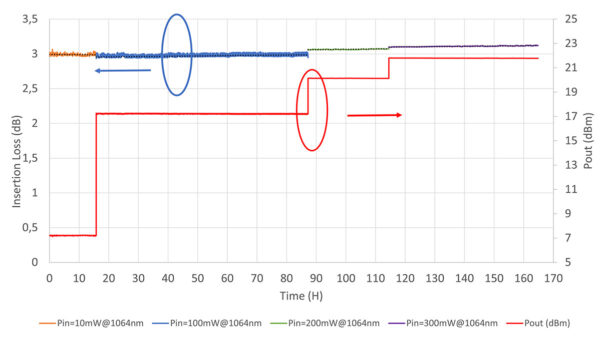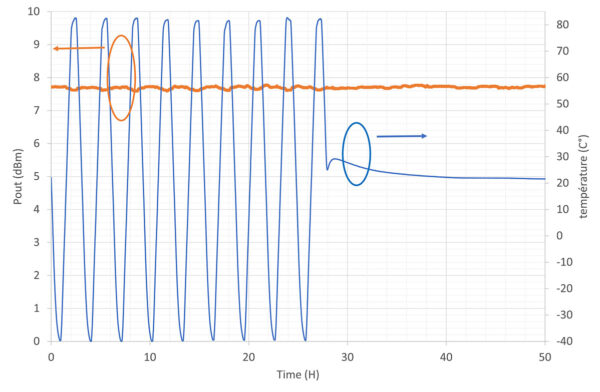Fig. 2: Spectrum broadening set-up based on electro-optical phase modulator mean
There are also a few variations in this general architecture, depending on practical and engineering considerations.
One of the main considerations is the Double Clad (DC) high power fiber amplifier that needs to be saturated for high efficiency power extraction. Typical saturation input power is of the range of 100 ~ 200 mW depending on the actual design of the DC optical amplifiers. Above the saturation power, the Amplified Spontaneous Emission (ASE) is also suppressed. This requirement forms a critical criterion for selecting the Phase Modulator (PM): the tolerance to high optical input power. For Phase Modulator with 3dB insertion loss, the input power to achieve 150 mW for input saturation, the input to the PM needs to be above 300 mW!
The choice of the DC fiber and the configuration of the DC amplifier will determine the spectral broadening necessary to achieve SBS suppression. The spectral broadening is kept to a minimum to preserve the beam quality for subsequent combination and to maximize the number of channel/slots available within the gain bandwidth of Yb amplifiers.
The other considerations involve the type of RF input signals applied to the phase modulators. Popular variants are White Noise Source (WNS), Pseudo Random Bit Sequence (PRBS) and multitone sinusoidal waves.
The main modulator criteria for an efficient broadening effect are:
- low driving voltage (Vp) and high RF power handling capability to generate a large number of side bands,
- low insertion loss and high optical input power handling capability to relax the amplifier gain effort and reduce the ASE noise source,
- insensitivity to the temperature variation as the laser system is intending to operate in outdoor purposes,
- high Polarization Extinction Ratio (PER).
The NIR-MPX-LN-02 and its matching high voltage RF amplifier DR-AN-10-HO have both been developed for spectral combination. The NIR-MPX-LN-02 fulfills all the SBC laser system requirements. Such phase modulator comes with more than 5 GHz bandwidth, a very low driving voltage of 1.5 V, more than 33 dBm electrical and 300 mW optical powers handling capabilities. iXblue phase modulators NIR-MPX developed in the near infrared at 1064 nm benefit from the technological mastery of the “Annealed Proton Exchange” (APE) waveguide manufacturing process (also used for modulators integrated in our own gyroscopes). Thus, APE waveguides can withstand optical flows of several hundred milliwatts.








